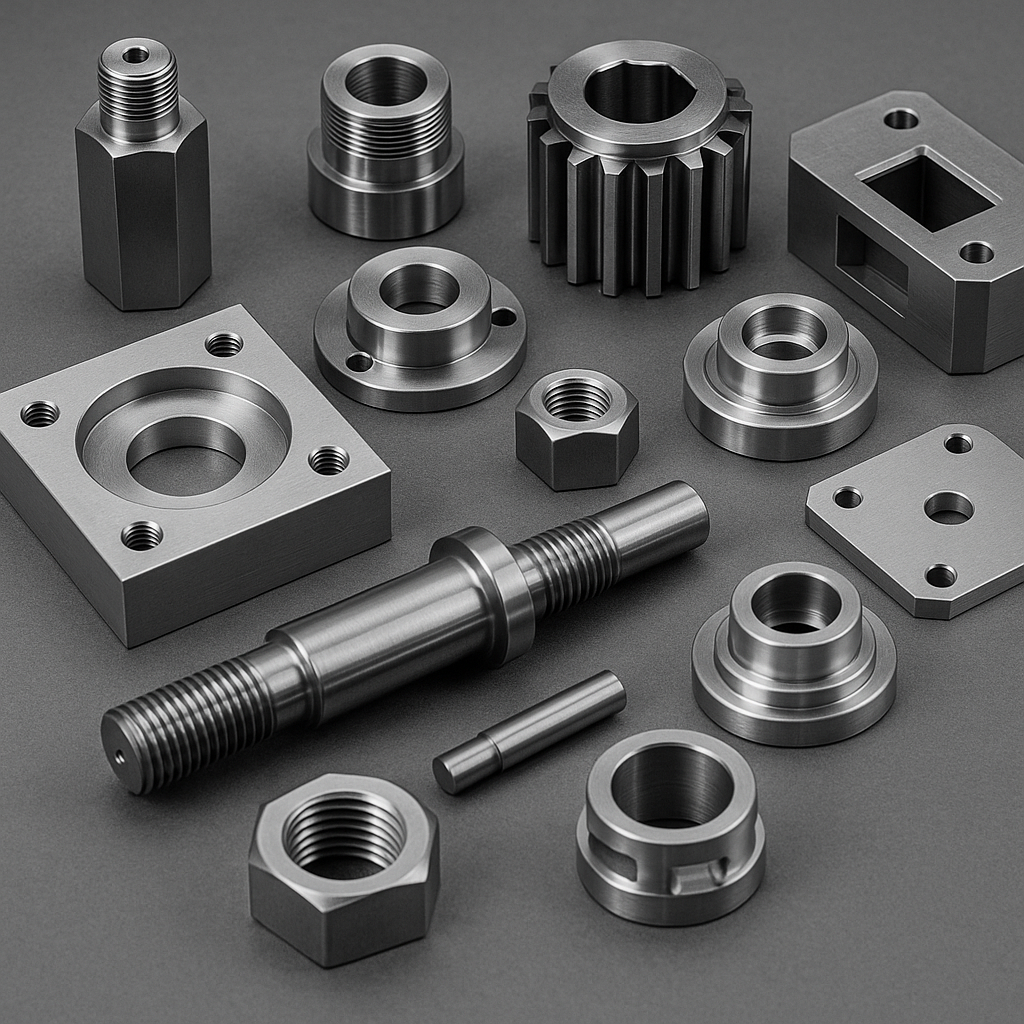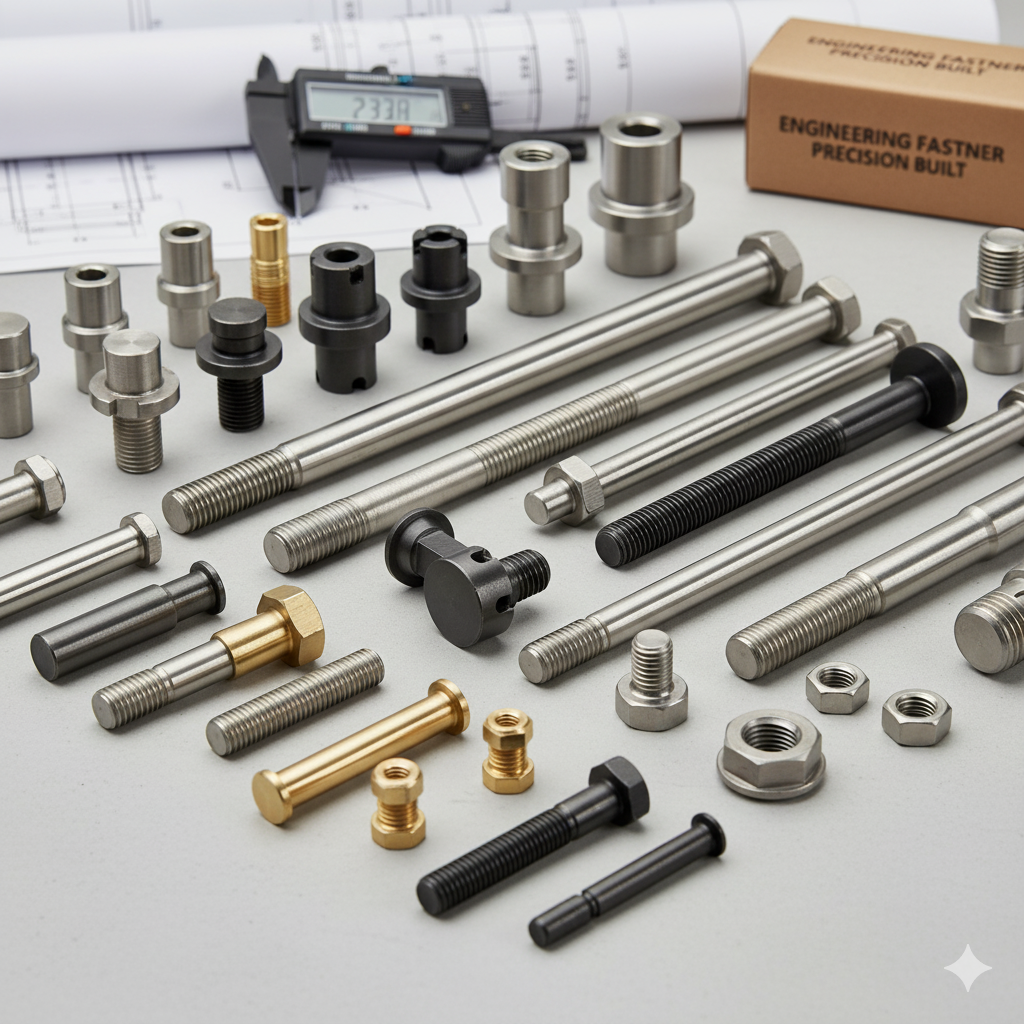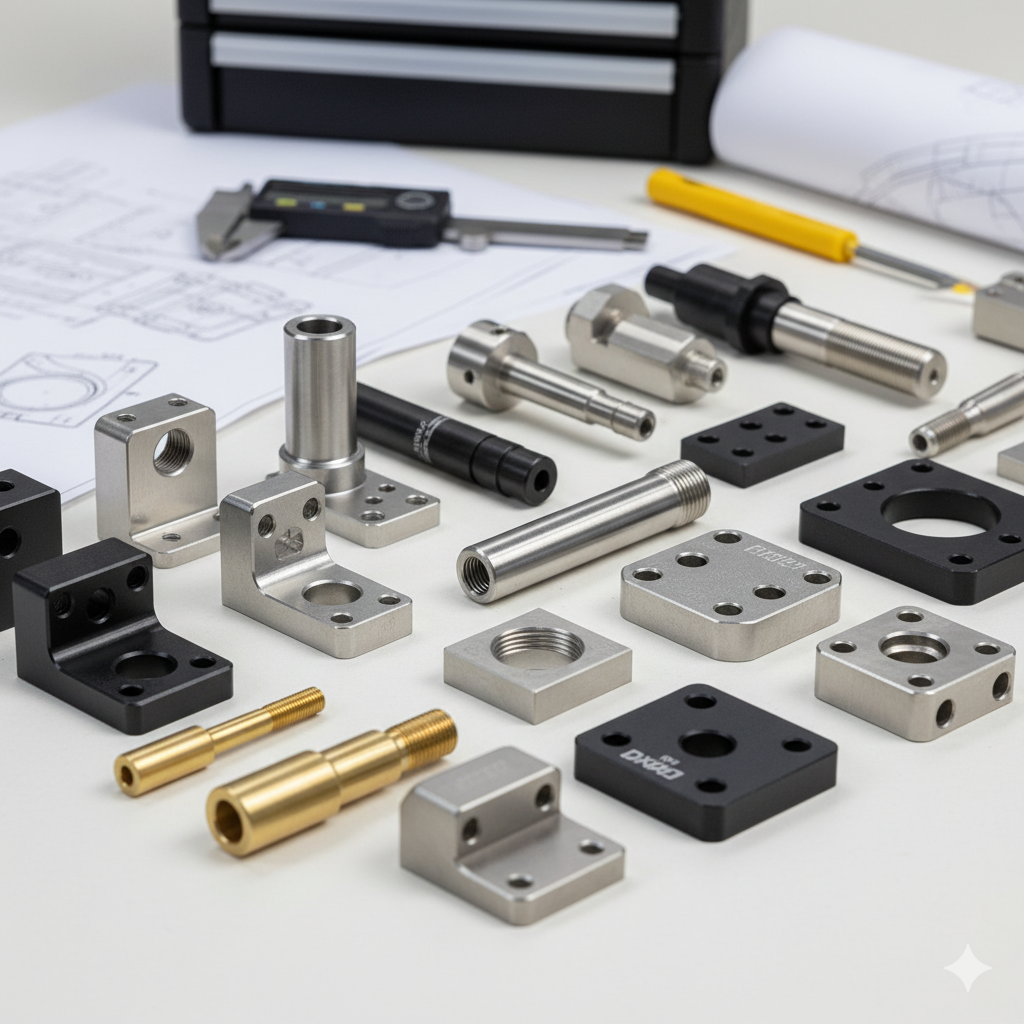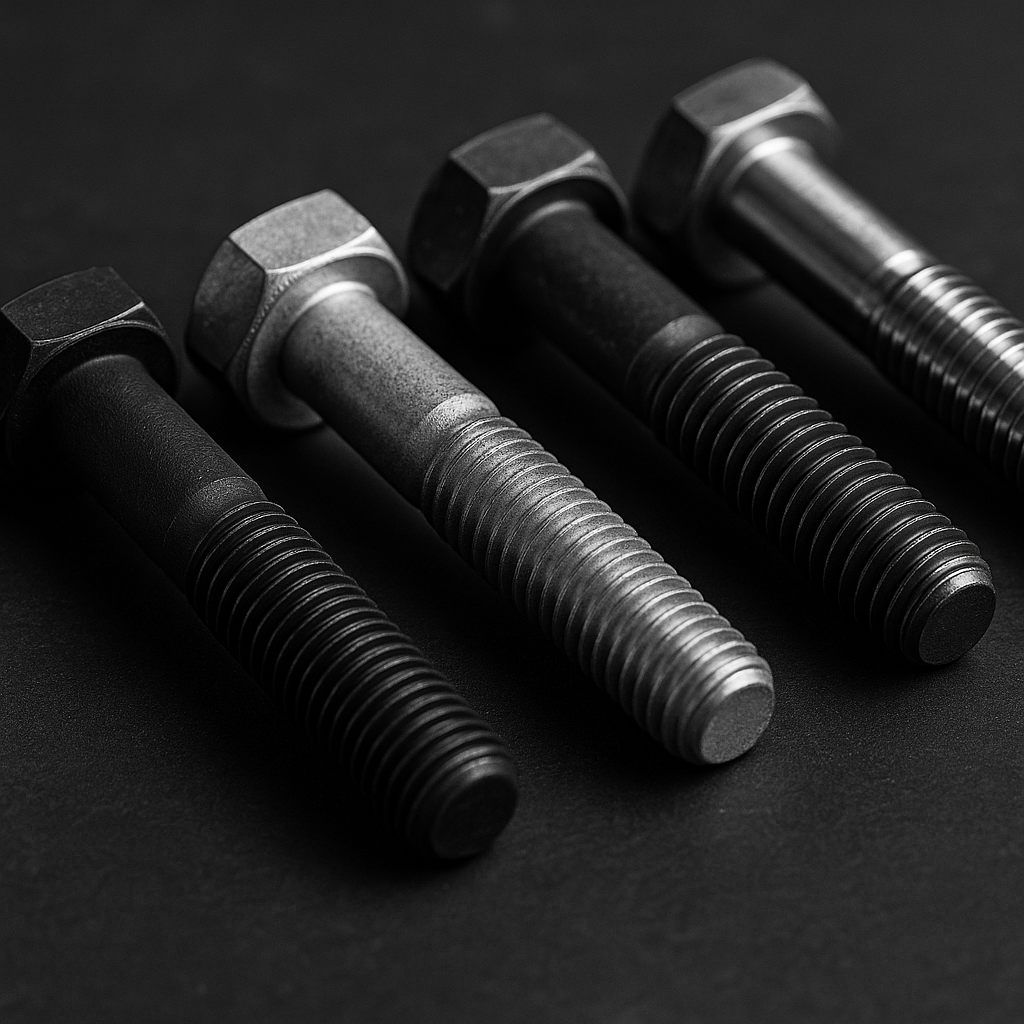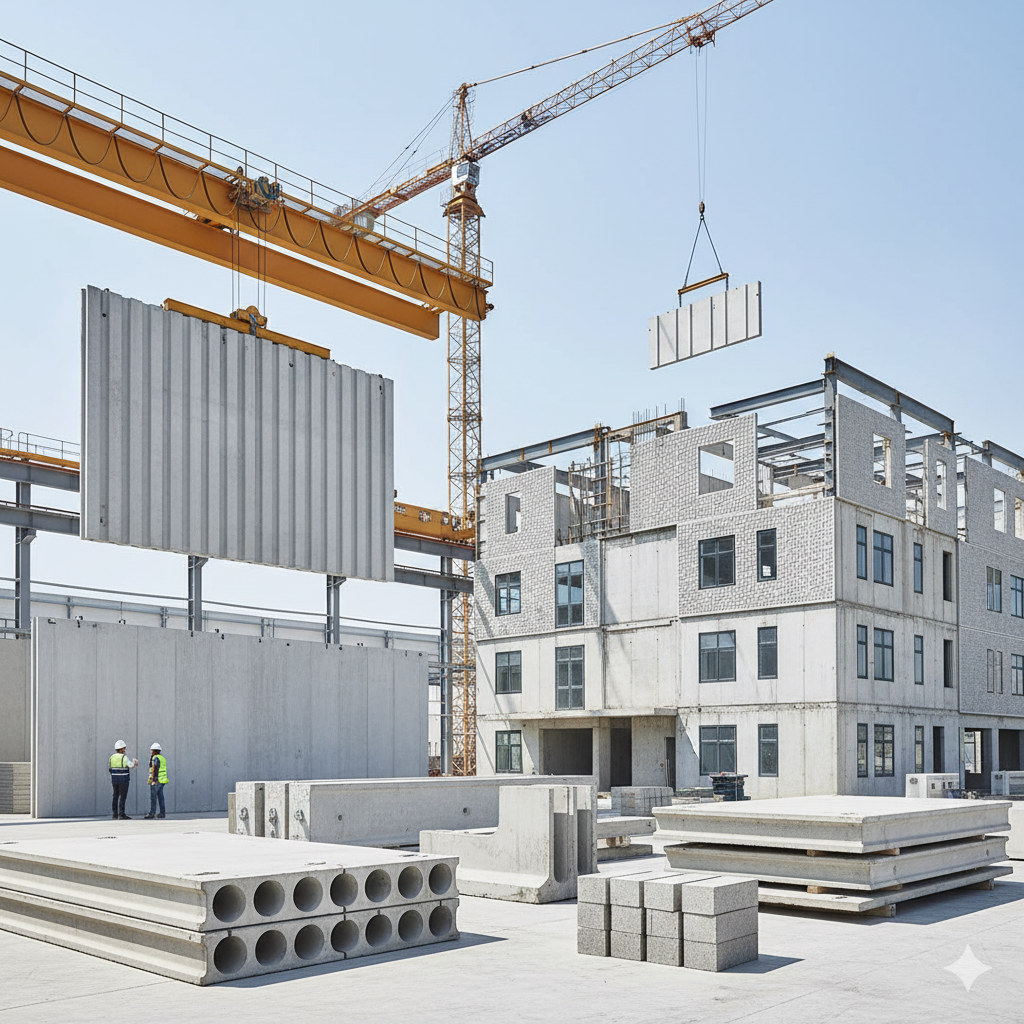
Building Precision: Custom Precast Component Solutions for Modern Infrastructure
The Evolving Demands of Infrastructure Projects
Modern infrastructure projects require more than mass-produced parts—they demand precision, adaptability, and endurance. Standard precast elements often fail to meet site-specific conditions such as unique geometries, loading patterns, or climate constraints. These mismatches lead to higher on-site correction costs and structural stress over time.
Custom precast component solutions address these challenges by bridging engineering intent and production reality. Through precision design and material optimization, each element is crafted to perform as an integrated part of the overall structure rather than a replaceable unit.
Principle: Engineering Logic Behind Custom Precast Design
Custom precast systems are built upon digital design, controlled casting, and modular adaptability. Instead of producing identical units, engineers design each part based on load simulation, connection interface, and installation conditions.
Key engineering mechanisms include:
-
3D CAD and BIM integration for dimensional synchronization with project blueprints.
-
Finite Element Analysis (FEA) to predict stress concentration and reinforce critical zones.
-
Adjustable mold technology for non-linear geometries and precise tolerance control.
-
Surface optimization through shot blasting, galvanization, or epoxy sealing for enhanced longevity.
This level of customization ensures that every component is a perfect fit—structurally, mechanically, and aesthetically.
Standard vs. Custom Precast Components
| Category | Standard Precast Parts | Custom Precast Component Solutions |
|---|---|---|
| Design Flexibility | Fixed molds and standard sizes | Fully adaptable geometry and connection types |
| Tolerance Control | ±3–5 mm | ±0.3 mm through CNC mold precision |
| Reinforcement Design | Uniform layout | Load-specific reinforcement mapping |
| Surface Finish | Manual or unrefined | Controlled curing and coating |
| Installation Efficiency | Higher on-site correction | Plug-and-fit precision installation |
Unlike traditional approaches, custom precast design emphasizes performance over production volume—delivering value through accuracy and longevity.
Core Advantages: From Design Precision to Site Efficiency
1. Structural Precision
Components are produced to millimeter-level accuracy, minimizing tolerance stacking and ensuring clean alignment during assembly.
2. Faster Installation
Digitally mapped connection points allow plug-and-fit assembly, reducing installation time by up to 40% compared with standard methods.
3. Durability and Safety
Enhanced reinforcement and surface sealing techniques extend service life under load and environmental exposure.
4. Adaptable Design Integration
Precast systems can integrate embedded anchors, ducts, or hardware inserts to simplify complex construction workflows.
5. Sustainability and Material Efficiency
Custom designs reduce material waste and on-site rework, aligning with modern sustainability goals.
Application Scenarios: Precision That Adapts
-
Bridges and Overpasses – Tailored beams and anchor blocks ensure stress transfer accuracy under heavy load.
-
Tunnels and Transit Systems – Modular curved panels streamline assembly in confined spaces.
-
Industrial Warehouses – Reinforced columns and joints deliver superior rigidity under dynamic load cycles.
-
Architectural Facades – Custom panels merge structural safety with design elegance for high-rise exteriors.
-
Utility Infrastructure – Precast vaults and frames integrate conduits and connectors for simplified maintenance.
Across each of these domains, customization transforms precast from a convenience to a precision-driven construction system.
Professional Selection Guidance: Matching Components to Project Context
Selecting the right precast component solution depends on project environment, load profile, and installation method. The following framework illustrates typical scenarios and design priorities:
| Project Type | Recommended Material | Design Consideration |
|---|---|---|
| Coastal Infrastructure | Fiber-reinforced concrete | Focus on corrosion resistance and thermal expansion control. |
| High-Rise Construction | High-strength concrete (60–80 MPa) | Prioritize weight reduction and vertical tolerance accuracy. |
| Transport Tunnels | Segmental precast concrete | Ensure joint sealing and curvature precision. |
| Industrial Facilities | Reinforced composite concrete | Optimize vibration resistance and fatigue endurance. |
| Architectural Façades | Lightweight GRC panels | Balance design flexibility and installation speed. |
Professional tip:
-
When projects involve complex geometry, use BIM-driven coordination early to align mechanical interfaces.
-
In dynamic load environments, prioritize post-tensioned systems for improved stress control.
-
For harsh weather exposure, combine epoxy sealants with low-porosity mixes for enhanced resilience.
Strategic Insight: How Custom Precast Defines Future Infrastructure
Infrastructure reliability depends not only on material strength but also on precision in execution. Custom precast component solutions unify engineering foresight with manufacturing control—turning design accuracy into construction efficiency.
At Jingle, our OEM precast manufacturing integrates digital modeling, CNC mold fabrication, and surface treatment systems to deliver components that exceed tolerance, performance, and durability standards.
Explore how Jingle’s custom precast solutions can optimize your next project by visiting our homepage or contacting our team through the contact page.


